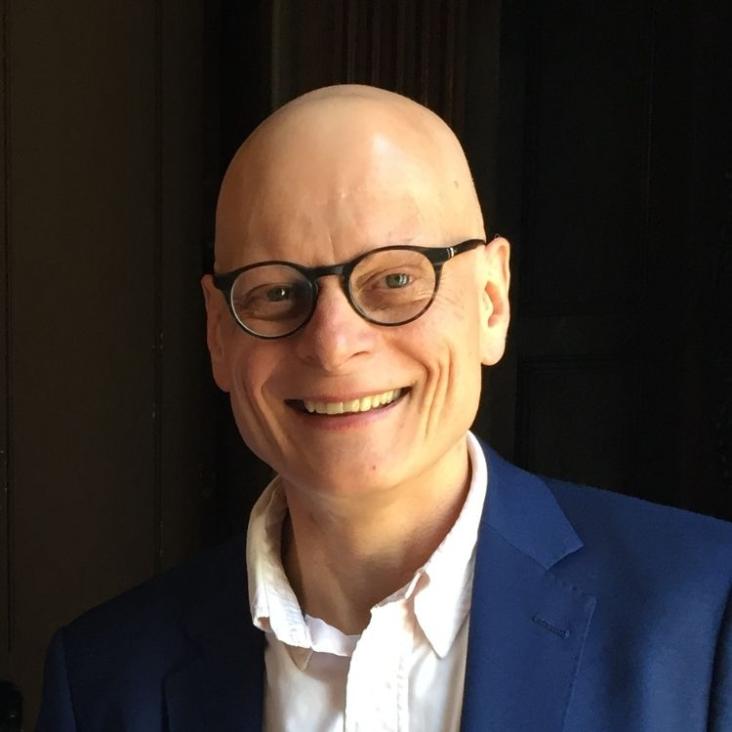Generation of correlated photons in controlled spatial modes by downconversion in nonlinear waveguides.
Optics Letters Optica Publishing Group 26:17 (2001) 1367-1369
Spatially resolved amplitude and phase characterization of femtosecond optical pulses.
Optics Letters Optica Publishing Group 26:2 (2001) 96-98
Violation of Bell's Inequality by a Generalized Einstein-Podolsky-Rosen State Using Homodyne Detection
Physical Review Letters American Physical Society (APS) 85:7 (2000) 1349-1353
Continuous Frequency Entanglement: Effective Finite Hilbert Space and Entropy Control
Physical Review Letters American Physical Society (APS) 84:23 (2000) 5304-5307
Direct measurement of a photoconductive receiver's temporal response by dithered-edge sampling.
Optics Letters Optica Publishing Group 24:23 (1999) 1771-1773


